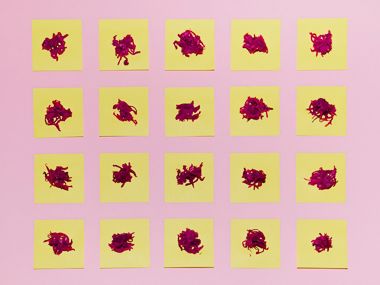Kilner Fermentation Set Review: This cheap and easy-to-use kit is what you need to start fermenting
WIRED—June 28, 2018

There’s a point when I make sauerkraut where it feels like the whole thing is going off the rails. Mine has the traditional cabbage and caraway seeds, but I like to throw an onion in there and something about the latter steers the whole thing into off-putting deep-funk territory at about the six-day mark: it smells vaguely of stinky shoe and has a taste that’s equally prohibitive. Amazingly, these are not bad signs. Instead, they mean that in just a few more days, everything will click into place and I’ll soon be making a late-night snack of bread, cheese, beer, and sauerkraut that leaves me giddy.
Turns out that many fermented foods have this happy effect on me. So much so that while it took two decades of adulthood before I started making them myself, they’re now a part of my repertoire. Most of the time, I have a jar of sauerkraut or even kimchi fermenting away on a cool shelf, and another ready to eat in the fridge.
I like fermenting for a few reasons: the meditative chopping of a pile of vegetables, tasting the food as it evolves, and the day it hits that “holy cow” level of goodness when I slide it into the fridge for storage. I also love that the lowly cabbage—the unlikely star of the fermented world—can be transformed into something so exciting. If you’re in it for more than just great flavor, there are also a host of purported health benefits you may wish to explore.
Yet there are obstacles to making fermented food that you don’t usually run into with cooking, mostly because fermenting is a weird blend between steering the ship and not knowing exactly where it’ll end up.
To learn what I found to help steer the ship, read on in WIRED.